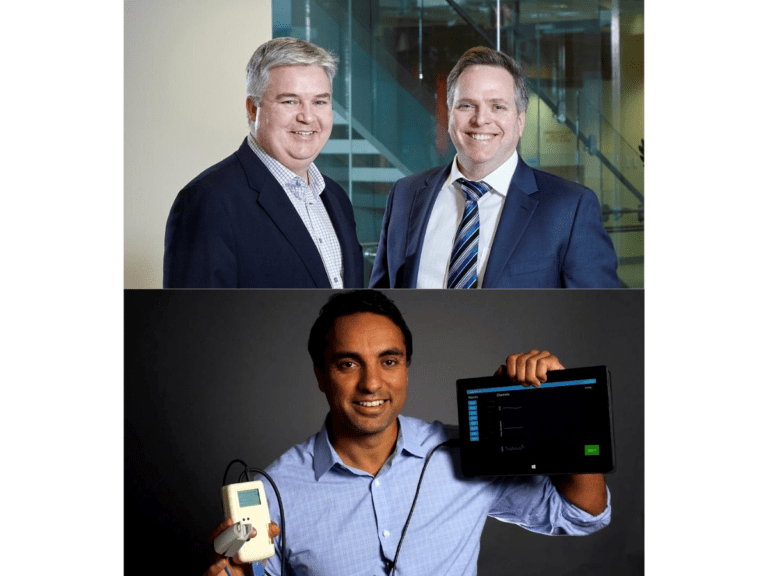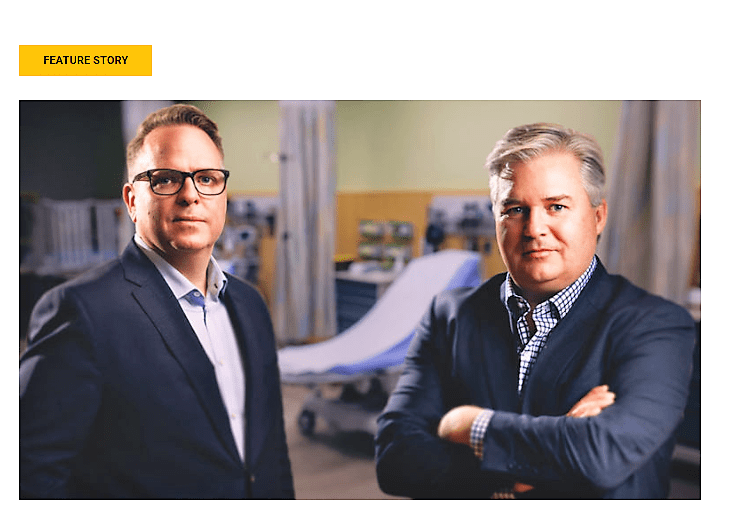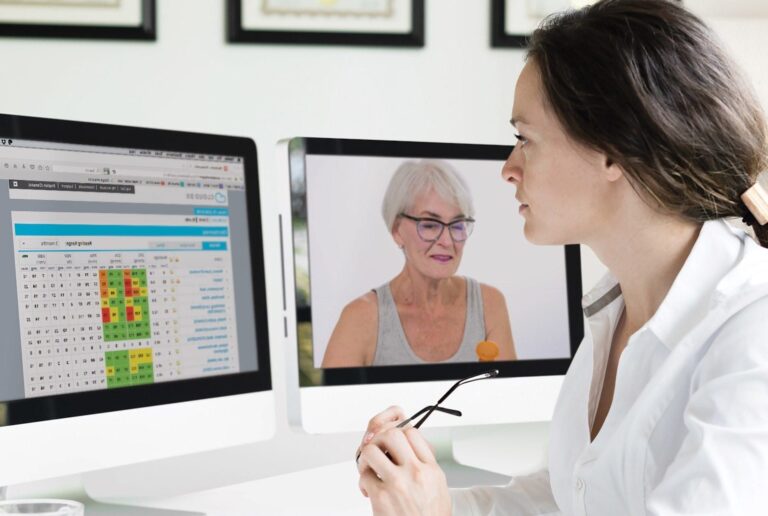Healthcare IT Today has published the article, Does Remote Patient Monitoring [RPM] Improve Outcomes? New Study Underway to Find Out, about PHRI’s PVC-RAM study.
Colin Hung, CMO and Editor of HITT also recorded his interview with PJ Devereaux and Michael McGillion.
“RPM is having a moment right now,” Colin Hung writes in the article. “The goal of RPM is often to avoid having a visit with a physician – virtual or otherwise. RPM simply works in the background and this might be why RPM has so far remained in the shadows of telehealth.” (That is, until the COVID-19 pandemic hit, and virtual care took on a new urgency.)

Michael McGillion
In the HITT article, Michael McGillion, one of the lead investigators of the PVC-RAM [Post-discharge after surgery virtual care with remote automated monitoring technology] study, notes that “we need to move from can we do [RPM] to how we do it… delivering robust evidence about the best ways to use and benefit from remote monitoring is absolutely vital. What needs to happen is large-scale clinical trial evidence to inform decisions.”
Anecdotal cases from the ongoing PVC-RAM study illuminate the value of RPM, such as this one:
An older male patient was discharged following heart surgery with Cloud DX’s devices. After seeing that the patient’s heart rate was dangerously low at around 32 (well below the patient’s baseline), a nurse called the house and his wife. The wife told the nurse that the patient was exhausted after the surgery and she wanted to let him rest. The nurse consulted with the physician, and the physician called the patient’s wife back to explain why this was a potentially critical situation. When the patient arrived at the hospital, it became obvious that the patient wasn’t just tired; he was suffering from a decreased level of consciousness and was found to have a heart block, requiring a pacemaker. Although it will never be 100% certain, it is entirely possible that remote monitoring saved this patient’s life.



